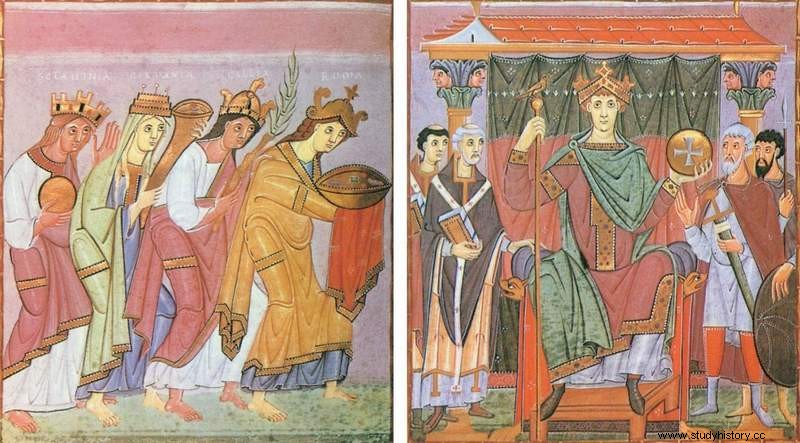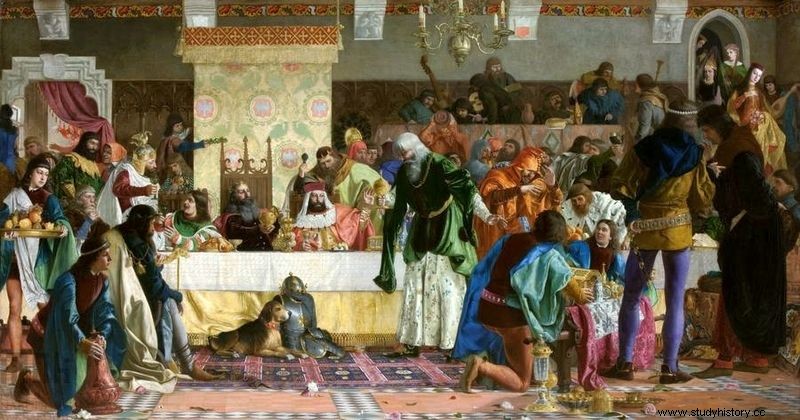In the biography of the medieval emperor Otto III, Jerzy Strzelczyk accidentally drew attention to an interesting aspect of the German ruler's visit to Gniezno - perhaps even more important than putting a diadem on Bolesław the Brave's head and promising a royal crown.
In no way do I intend to question the symbolic and practical meaning of the so-called "Gniezno Congress". However, Otto's arrival in Poland was noteworthy not even because it gave Poland something (the archbishopric, prestige and some illusory promises), but only because ... it happened at all.
Jerzy Strzelczyk noted: [it was] as far as we know, the only visit of the head of the German state to Poland until our literal times . And indeed:we have fought with the Germans for centuries, we have dealt with them for centuries, and in the end, thanks to them, the Commonwealth was dismantled to pieces, but the German rulers were never in a hurry to visit Gniezno, Kraków or Warsaw.

This time it was not the nations that came to the emperor ... but the emperor to Gniezno (source:public domain).
According to Strzelczyk, the President of Germany, Richard von Weizsäcker, came to the Vistula in 1990 with the first "state visit" after Otto III . It's hard to disagree with the professor from Poznań.
If there is any exception, it is probably only about the arrival of Charles IV to the convention of kings organized in Krakow in 1364 by Casimir the Great. Strzelczyk dismisses this example enigmatically, saying that the visit had a different character .
Probably the point is that Charles IV came not so much for a "state visit", but for - to use a different term from today's politics - an "international conference". Anyway, even if we put this exception on the list, there will still be only two royal meetings on Polish soil for 1000 years of common history.

International conference as you look (the painting "A Feast at Wierzynek" by Bronisław Abramowicz).
There were also surprisingly few hostile visits, assisted by the army personally led by the rulers. In 1157 he stayed in Poland Emperor Frederick I Barbarossa. In 1382, the newly minted ruler of Brandenburg, Sigismund of Luxembourg, found himself in Poland by chance. Only that he did not visit Poland, but as an envoy of the just deceased king Ludwik Węgierski. After his death, he tried unsuccessfully to seize the throne, but the gates of Krakow were closed against him.
And that would be it. Later, only the rulers of the 19th-century Prussia and the Führer of the Third Reich, Adolf Hitler, came to our lands. However, it is difficult to talk about state visits, especially since these gentlemen made sure that there was no Polish state ...
Source: Jerzy Strzelczyk, Otto III, Ossolineum, Wrocław 2000, pp. 114, 243-244.
